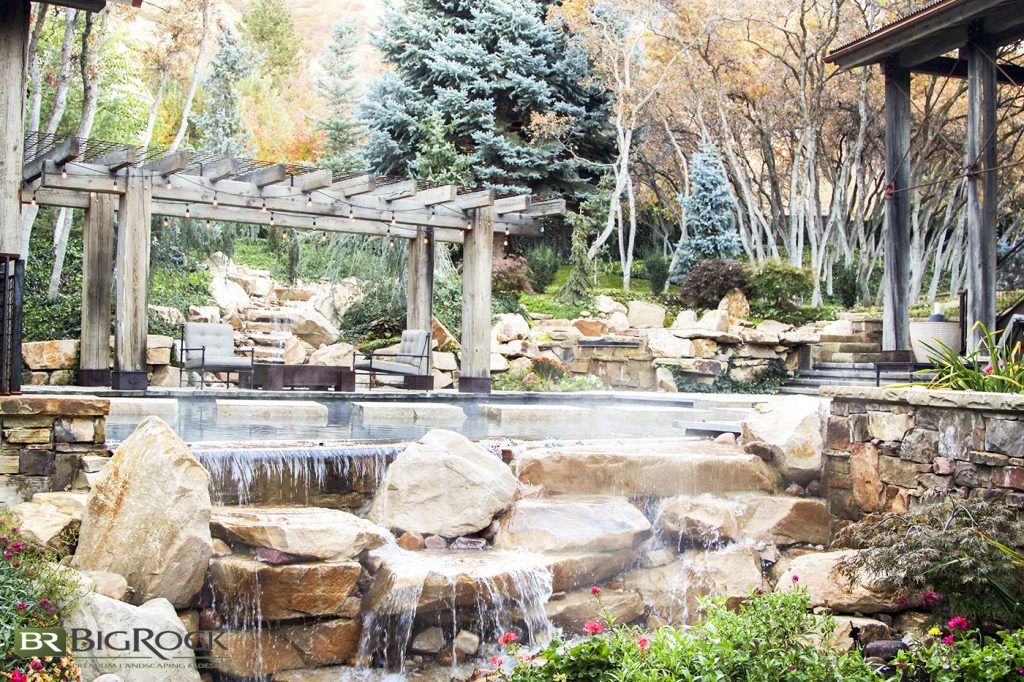See This Report on Hilton Head Landscapes
See This Report on Hilton Head Landscapes
Blog Article
Hilton Head Landscapes Things To Know Before You Get This
Table of ContentsHow Hilton Head Landscapes can Save You Time, Stress, and Money.3 Easy Facts About Hilton Head Landscapes ShownHow Hilton Head Landscapes can Save You Time, Stress, and Money.Not known Facts About Hilton Head LandscapesThe 20-Second Trick For Hilton Head LandscapesThe smart Trick of Hilton Head Landscapes That Nobody is DiscussingHilton Head Landscapes Things To Know Before You Get This
Line develops all forms and patterns and can be made use of in a variety of means in the landscape. Line in the landscape is produced by the side between 2 materials, the outline or shape of a form, or a lengthy linear function. Lines are an effective tool for the developer since they can be made use of to produce an infinite range of forms and types, and they control motion of the eye and the body.

Lines can have several qualities, such as those described below, however they usually offer different purposes. Number 1. Lines in the landscape - landscapers in bluffton sc. The properties of lines figure out how people reply to the landscape, both emotionally and physically. Straight lines are architectural and forceful; they produce an official character, are generally related to a balanced design, and lead the eye directly to a focal factor.
Facts About Hilton Head Landscapes Uncovered
Straight lines are most frequently discovered in hardscape sides and material. Rounded lines produce an informal, natural, kicked back personality that is connected a lot more with nature and asymmetrical balance. Rounded lines relocate the eye at a slower rate and add mystery to the space by creating hidden views. Upright lines move the eye up, making a room really feel larger.
Upright lines in the landscape include tall, slim plant product, such as trees, or tall structures, such as an arbor or a bird house on a post. Horizontal lines move the eye along the ground aircraft and can make an area feel larger. Low lines are more subdued and develop a feeling of rest or repose.
The Only Guide for Hilton Head Landscapes
Low lines are created by reduced garden wall surfaces, walkways, and brief hedges. Lines are utilized to attract kinds on a strategy. In plan sight, they define plant beds and hardscape areas. Lines are additionally developed by the upright kinds of constructed attributes and plant product. There are three primary line kinds that produce kind in the landscape: bedlines, hardscape lines, and plant lines.
Bedlines attach plant material to your home and hardscape due to the fact that the eye complies with the line, relocating the stare through the landscape. Hardscape lines are created by the side of the hardscape, which marks the built structure. Line can likewise be developed by long and narrow materials, such as a fencing or wall.
A Biased View of Hilton Head Landscapes
Form is discovered in both hardscape and plants, and it is generally the leading visual element that spatially organizes the landscape and commonly establishes the style of the yard. The form of frameworks, plant beds, and yard accessories also check my source figures out the overall form style of the yard. Formal, geometric types consist of circles, squares, and polygons.
Plants create form in the garden with their lays out or silhouettes, but form can also be defined by a void or negative space between plants - landscapers hilton head island (https://scriaoll-troos-gaerk.yolasite.com). Circles can be full circles, or they can be separated into half circles or circle segments and combined with lines to produce arcs and tangents
Some Ideas on Hilton Head Landscapes You Need To Know
Circles are a solid style form due to the fact that the eye is always attracted to the facility, which can be utilized to highlight a focal factor or attach other types. Circular types in hardscape and grass panels.
The square kind can additionally be fractional and used consistently to produce a grid pattern. Unlike circles, squares are more powerful on the sides, which can be lined up or overlapped to produce distinct patterns and even more complex types.
Meandering lines usually imitate the natural training course of rivers or streams and can be defined as smooth lines with deeply bent wavinesses. Meandering lines (Figure 3) work well for pathways, plant bedlines, and dry stream beds. Twisting lines can include passion and enigma to a yard by leading viewers around corners to discover new sights and areas.
The Buzz on Hilton Head Landscapes

Usual plant types are well developed and standard, as form is the most consistent and identifiable feature of plants. Form can likewise be created with the massing of plants, where the overall mass creates a different kind than an individual plant.
An extremely contrasting form has to be made use of with careone or more job well as a centerpiece, however too numerous wreak havoc. All-natural plant types, rather than over-trimmed types, need to establish the mass of the make-up. The relevance of total type is basically dependent on the seeing perspectivethe type of a tree can show up rather various to a person standing under the cover versus watching the tree from a range in an open field.
Hilton Head Landscapes - The Facts
Plant types also produce and define the void or open rooms in between the plants, developing either convex or scooped forms in the gaps. High-arching tree branches generally produce a concave open room under the branches, and a rounded cover with reduced branches loads the room to create a convex form in the open space under the tree.

Report this page